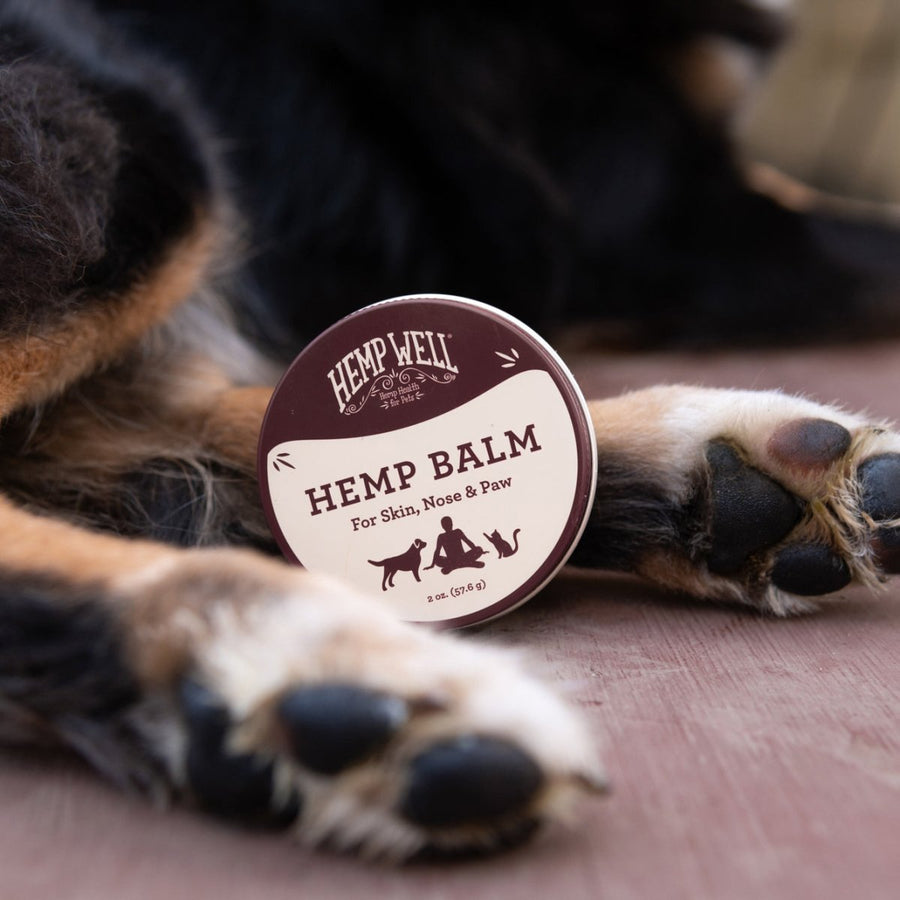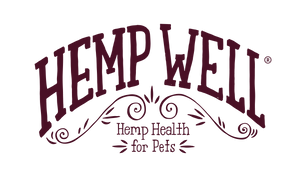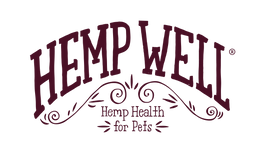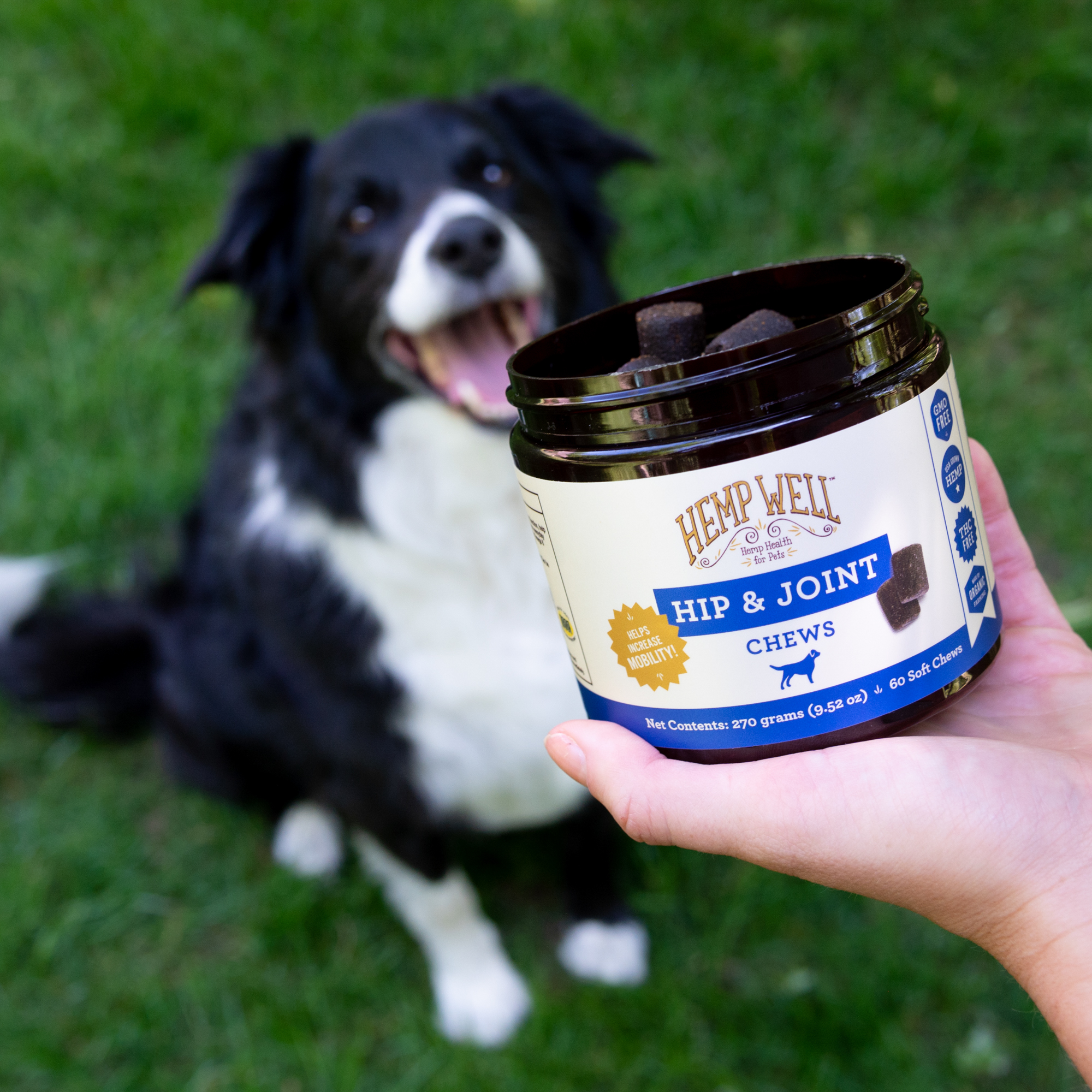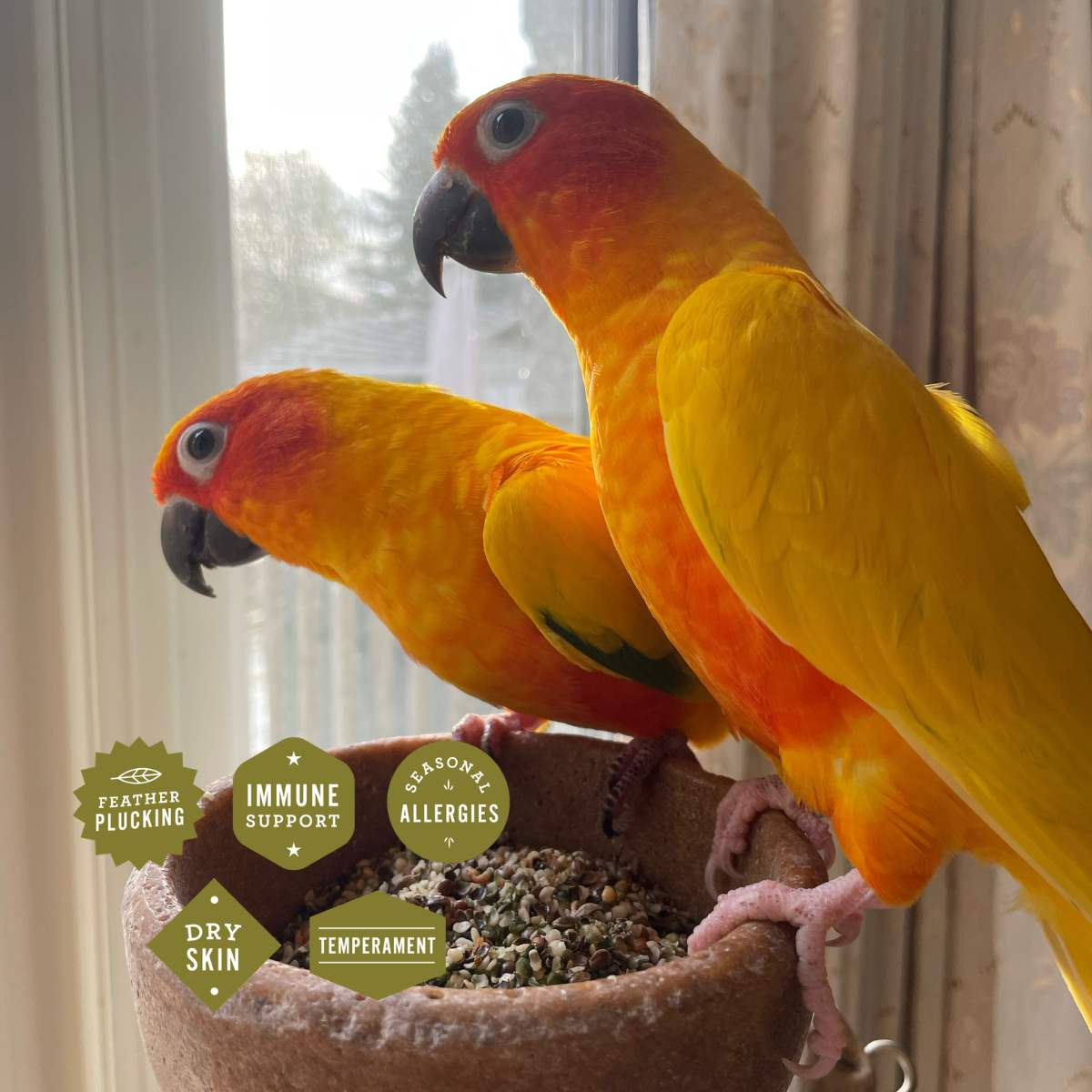The Complete Guide to Dog Breeds
There are hundreds of dog breeds recognized worldwide, each with distinct traits, histories, and personalities. Here’s an extensive—but not exhaustive—list of many well-known dog breeds, their characteristics, mixes, and fun facts to help you learn more about man’s best friend.
Selected Breeds & Their Profiles
1. Labrador Retriever
Friendly, intelligent, and highly trainable. Labs are often used as service dogs, therapy dogs, and for search and rescue. They love water and have “otter” tails. Mixes include Labradoodle (Labrador + Poodle).
2. German Shepherd
Loyal, courageous, and versatile. Known for police, military, and protection work. Their double coat helps in cold weather. Mix example: German Shepherd + Husky (“Gerberian Shepsky”).
3. Golden Retriever
Gentle, outgoing, and great family dogs. Excellent with children. Retrievers have soft mouths that make them good for retrieving game or fragile items. Golden mixes: Goldendoodle, Golden Shepherd.
4. French Bulldog
Small, muscular, and full of personality. Flat-faced (brachycephalic), which can cause breathing issues. Very social and apartment-friendly. Mix: Frenchton (Frenchie + Boston Terrier).
5. Beagle
Compact, curious, and a strong sense of smell. Originally bred for hunting rabbits. Known for their howl and bark. Mixes: Beagle + Labrador = “Labrabeagle”, Beagle + Dachshund (“Doxle”).
6. Poodle
Exceptionally intelligent, hypoallergenic coat, comes in sizes (toy, miniature, standard). Great swimmers. Mixes: Labradoodle, Goldendoodle.
7. Bulldog
Calm, courageous, and affectionate. Bulldogs are sturdy but can suffer from joint and respiratory issues due to their build.
8. Rottweiler
Strong, confident, protective. Originally bred to herd and protect. Needs socialization and training. Mix example: Rottle (Rottweiler + Beagle).
9. Yorkshire Terrier
Tiny, feisty, and devoted. Yorkies have long silky hair. Despite their size, they often act fearless.
10. Boxer
Energetic, playful, and loving. Boxers are great with kids. Their short coats are easy to care for; they may drool and snore.
11. Dachshund
Long-bodied, short-legged. Bred for hunting badgers underground. Very brave for their size; can be stubborn. Mix: Dachshund + Chihuahua (“Chiweenie”).
12. Siberian Husky
Friendly, energetic, and with striking blue or multicolored eyes. Bred for sledding. Thick coat, heavy shedding, loves cold climates.
13. Australian Shepherd
Intelligent, agile, and driven. Excellent herding dogs. Known for merle coats and bright eyes. High energy; needs exercise and mental stimulation.
14. Great Dane
Gentle giant. Very large, strong, but surprisingly soft-hearted. They have shorter lifespans relative to smaller breeds.
15. Doberman Pinscher
Sleek, powerful, and loyal. Used often in protection work. Intelligent, short coat, needs training and socialization.
Additional Breeds & Interesting Insights
- Pug: Small, wrinkled face, charming and playful; brachycephalic so watch breathing and overheating.
- Bullmastiff: Large guard dog, calm and protective.
- Border Collie: Supreme herder; often called the smartest dog breed.
- Shih Tzu: Tiny companion dog, luxurious coat, lots of grooming.
- Chihuahua: Smallest breed by weight, bold personality.
- Australian Cattle Dog: Hardworking, strong stamina, needs jobs.
- Bernese Mountain Dog: Gentle giant, gorgeous tri-colored coat, good with families.
- Cocker Spaniel: Sweet, friendly, good with children; long ears, needs ear care.
- Great Pyrenees: Large, protective, gentle with livestock and families.
- Mastiff: Massive size, calm demeanor; early socialization required.
What About Mixed Breeds?
Mixed breeds combine traits of two or more breeds, often yielding unique combinations of temperament, looks, and health. Examples: Labradoodle, Cockapoo, Schnoodle, Bluetick Coonhound mix. Mixed breeds can inherit temperament or health traits from either parent breed.
Choosing the Right Breed for You
- Consider size vs your living space
- Energy level: some breeds require lots of exercise
- Coat type and grooming needs
- Health predispositions (some breeds more prone to certain issues)
- Temperament: family, guard, working, companion dog
Fun Facts
- The Basenji is known as the “barkless dog” because it doesn’t bark like others, but makes other vocalizations.
- Greyhounds are the fastest dog breed, capable of reaching 45 mph.
- The Newfoundland has webbed feet and was bred to help fishermen.
- Dalmatians are born completely white, their spots develop as they age.
Conclusion
There are hundreds of dog breeds, each with its own charm and challenges. Whether you go purebred, mixed, large, or small, what matters most is matching a breed to your lifestyle, love, and capacity to care. Dogs change lives—choose wisely and love deeply.
